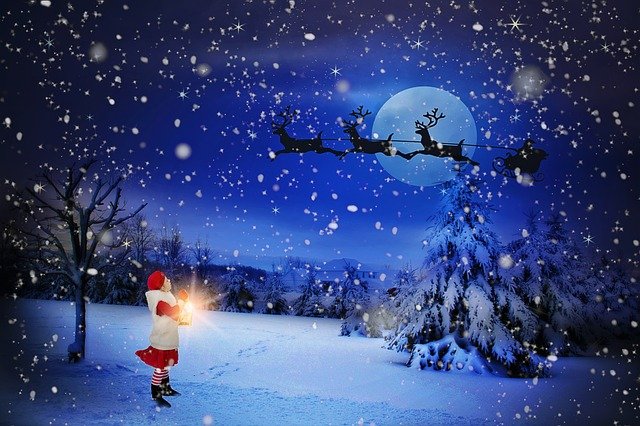Broad-leaved ACER CAPILLIPES displays white-striated bark; young growths are coral red with leaves turning crimson in autumn. A. davidii stands out by having glossy green bark that’s been striated with white; leaves typically turn yellow-purple during autumn season and long chains of keys typically strike. A. griseum, or Paper Bark Maple, features peeling bark in papery flakes to reveal copper-colored inner bark; opening leaves are bronze in color before becoming red or orange during autumn. A. grosseri and A. g. hersii feature green or yellowish bark striated with white threads while autumn brings orange-crimson leaves. A. pennsylvanicum, commonly referred to as moosewood, features young bark green with stripes of white that turns pinkish upon opening and then turns clear by autumn. A. rufinerve has greyish markings persisting on old trunks while young leaves turn red when young and typically turn crimson in autumn when its long chains of keys add visual interest.
BETULA PAPYRIFERA Paper-bark Birch with brilliant white bark and large leaves turning pale gold early autumn is more effective than other varieties with colored stems.
LIQUIDAMBAR STYRACIFLUA The American sweet gum boasts beautiful corky bark in winter, while its leaves often turn purple or crimson in autumn.
PARROTIA PERSICA excels when trained into standard form, its grey bark flaking off into an elegant pattern resembling London plane while its leaves turn brilliant golds and crimsons (see Early flowering trees for more).
PHELLODENDRON AMURENSE has a graceful grey trunk, while its golden leaves become visible during fall.
SORBUS AUCUPARIA BEISSNERI This beautiful mountain ash cultivar stands out with its red branchlets atop a copper colored trunk and large leaves featuring deeply cut leaflets that turn golden in autumn.
Conifers with yellow, silver or variegated foliage provide year-round interest and foliage color diversity. Pine trees with remarkable bark include P. bungeana (the Lacebark Pine), with peeling bark revealing white patches; P. nigra maritima, or Corsican Pine, boasts an erect trunk featuring pale scales between fissures in its dark bark and its striking erect trunk that features pale scales between fissures; Scots pine (P. sylvestris), with its smooth pink or red bark at the upper part of its tree trunks, is particularly picturesque. Sequoia sempervirens redwood’s famously stunning bark remains unchanged over time – while all but P. bungeana (a rare and slow-growing variety) are only suitable for large gardens or parks due to their slow growth rates.
Winter bark decoration. This section highlights decorative bark trees primarily for their unique bark characteristics, not necessarily due to the color of their foliage.
ARBUTUS x ARACHNOIDES Hybrid strawberry tree. Trunk and branches cinnamon red.
BETULA Many birches boast beautiful bark colors that may not always show in young trees, such as B. albosinensis septentrionalis with its orange-brown trunk and grey bloom; B. ermanii with its cream trunk with peeling bark that peels away to orange-brown branches; B. jacquemontiana has whitest bark of all-its whiteness can be easily removed using chalk; B. lutea is unique with peeling paper-like bark that yellowish; B. jacquemontiana has whitest bark that rubs off like chalk; B lutea’s peeling paper-like bark yellowish; B lutea and its peeling paper-like bark yellowish; while mandschurica, japonica and szechuanica varieties have very white stems and branches; finally B. pendula is unique among species in that its trunk color can vary widely between branches; only good white-barked seedlings must be selected from among its branches; however when choosing seedlings from seedlings with good white-barked seedlings should be selected from its native British counterpart;












+ There are no comments
Add yours